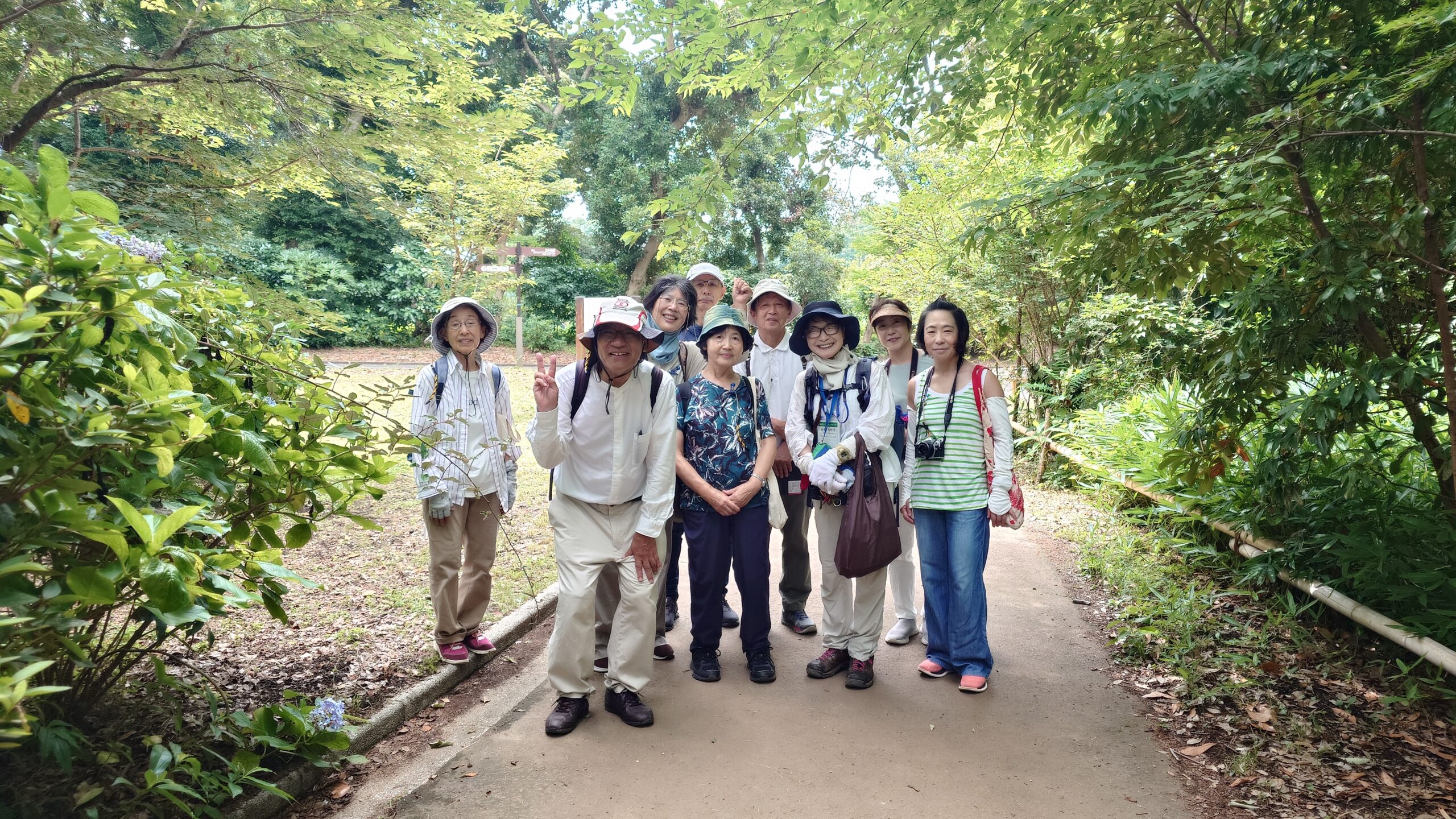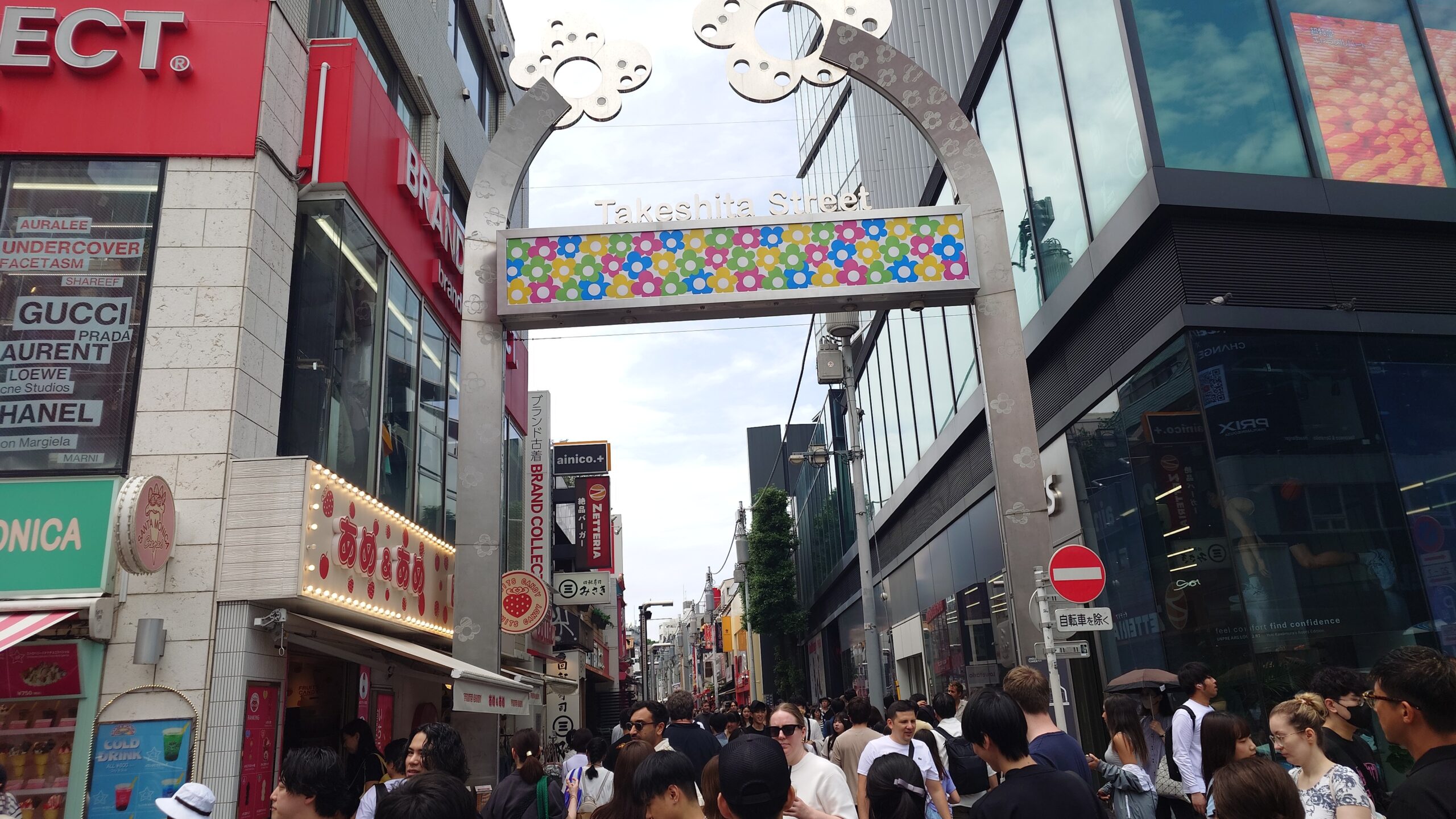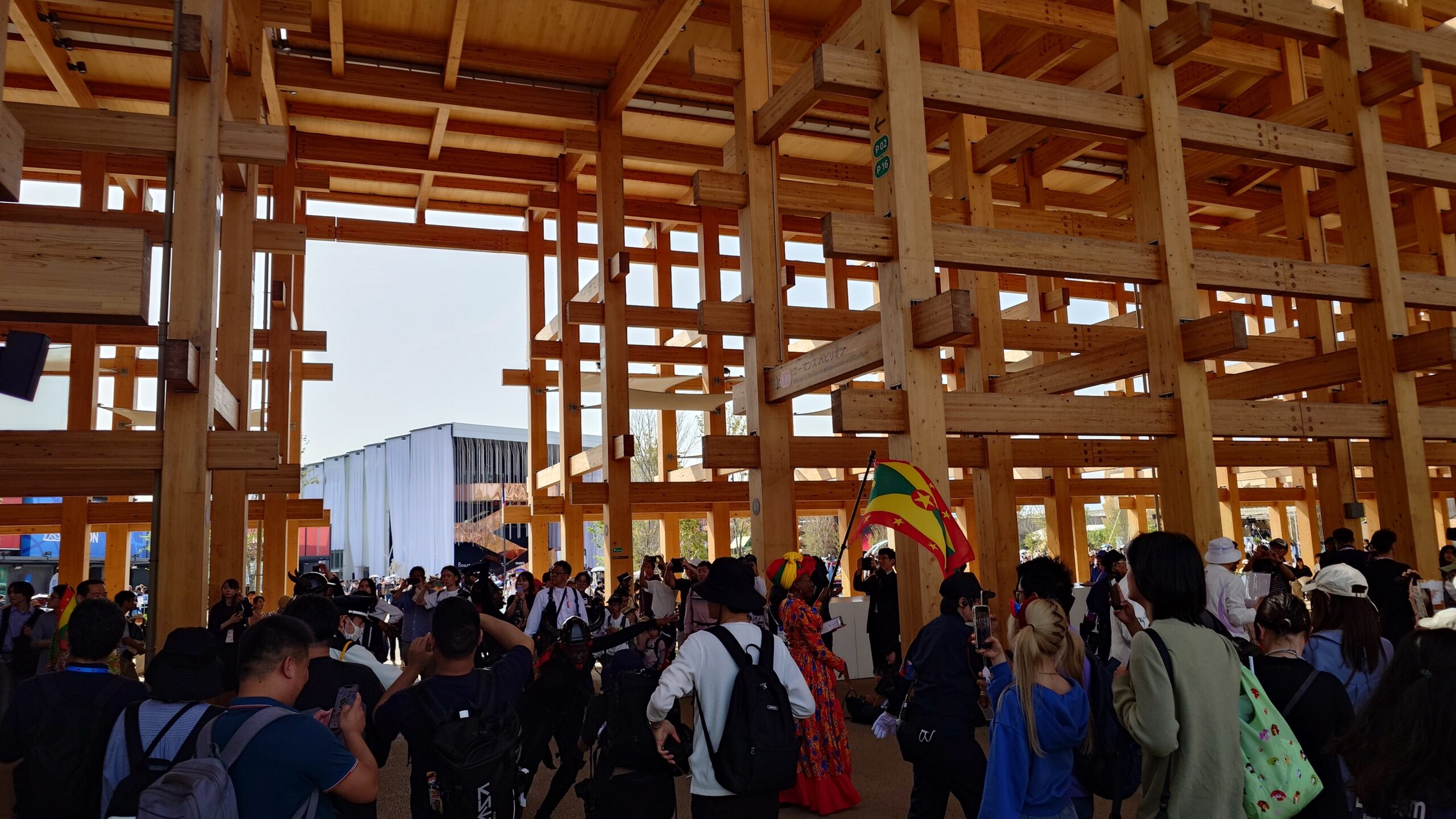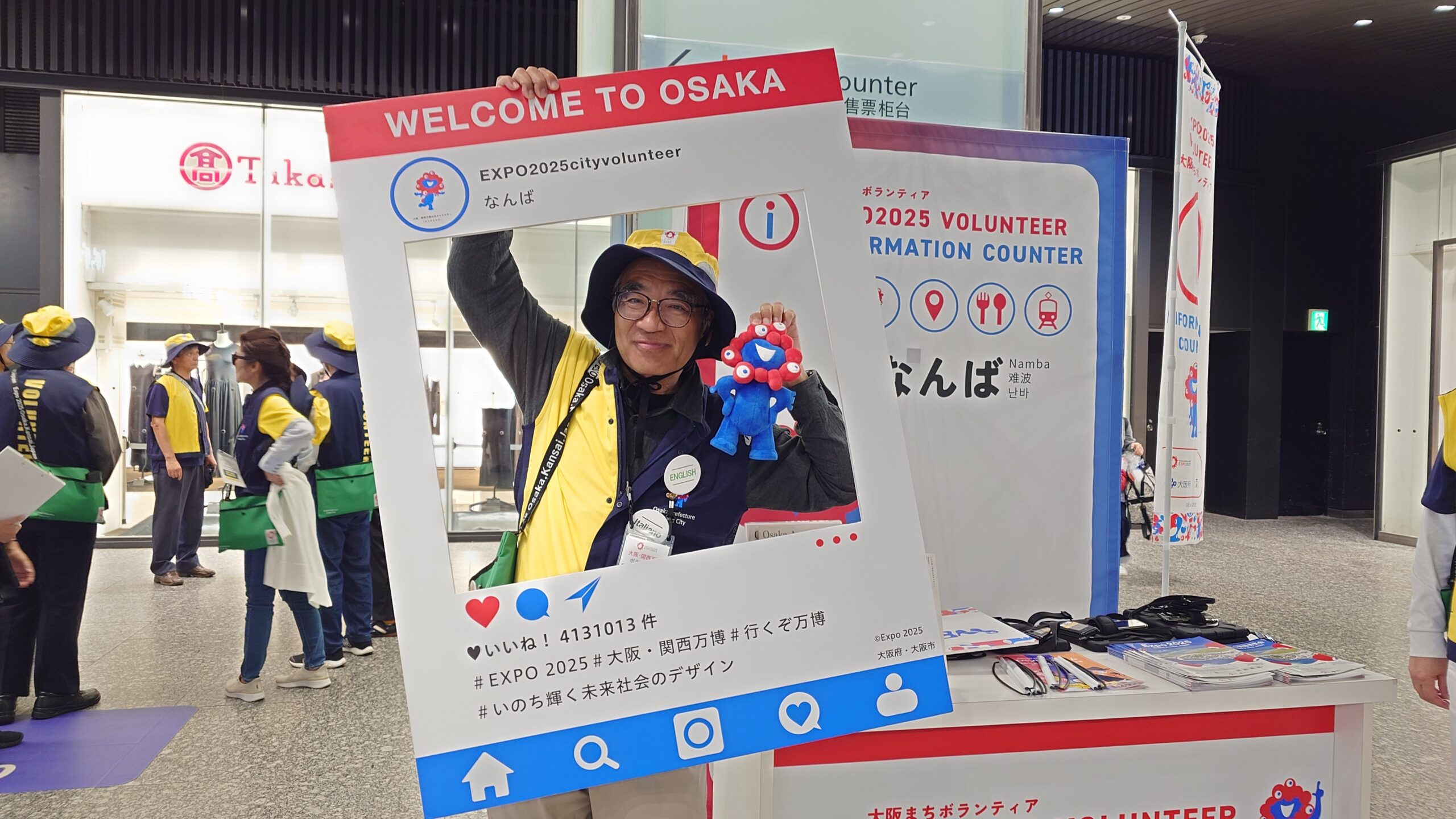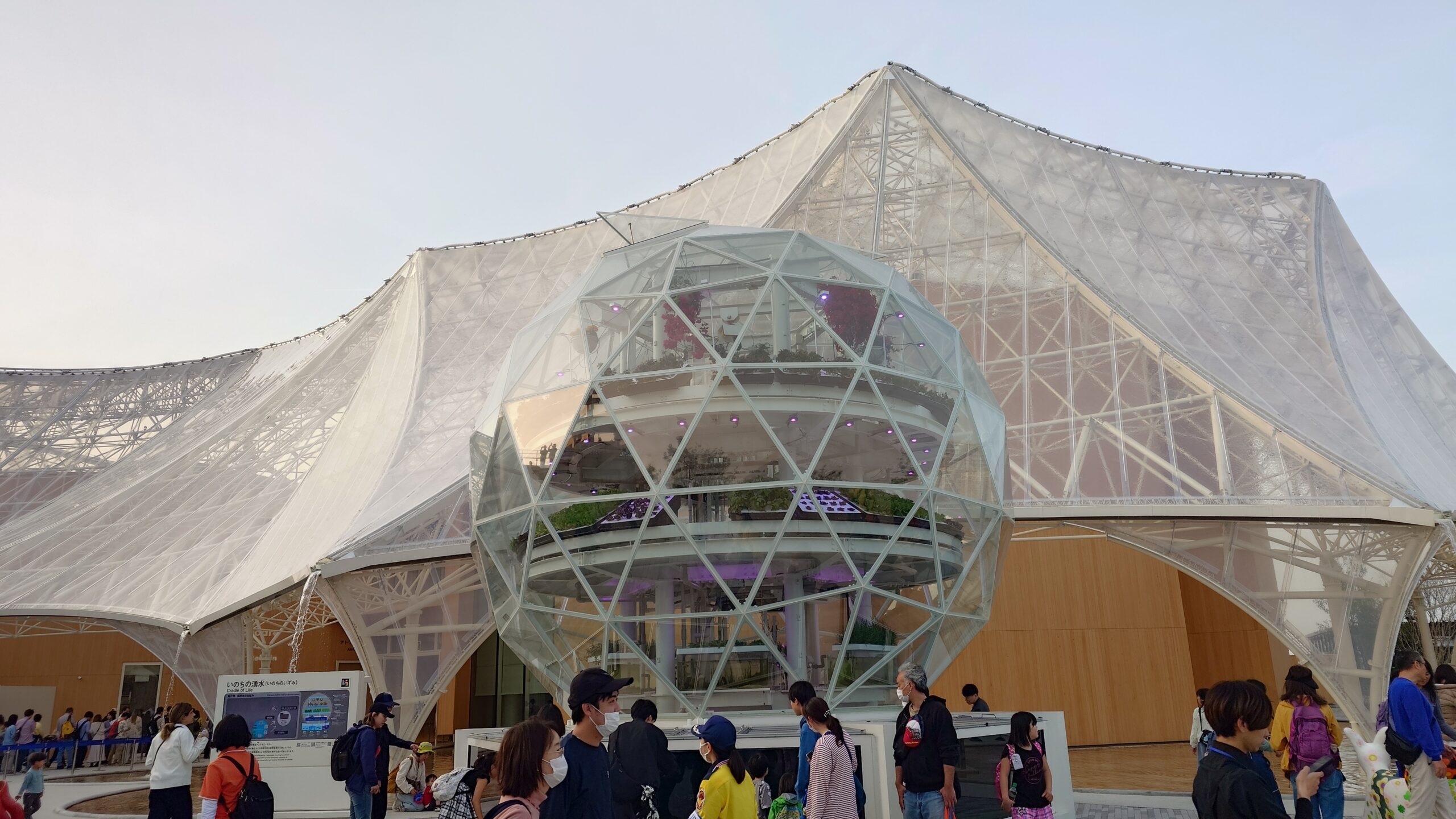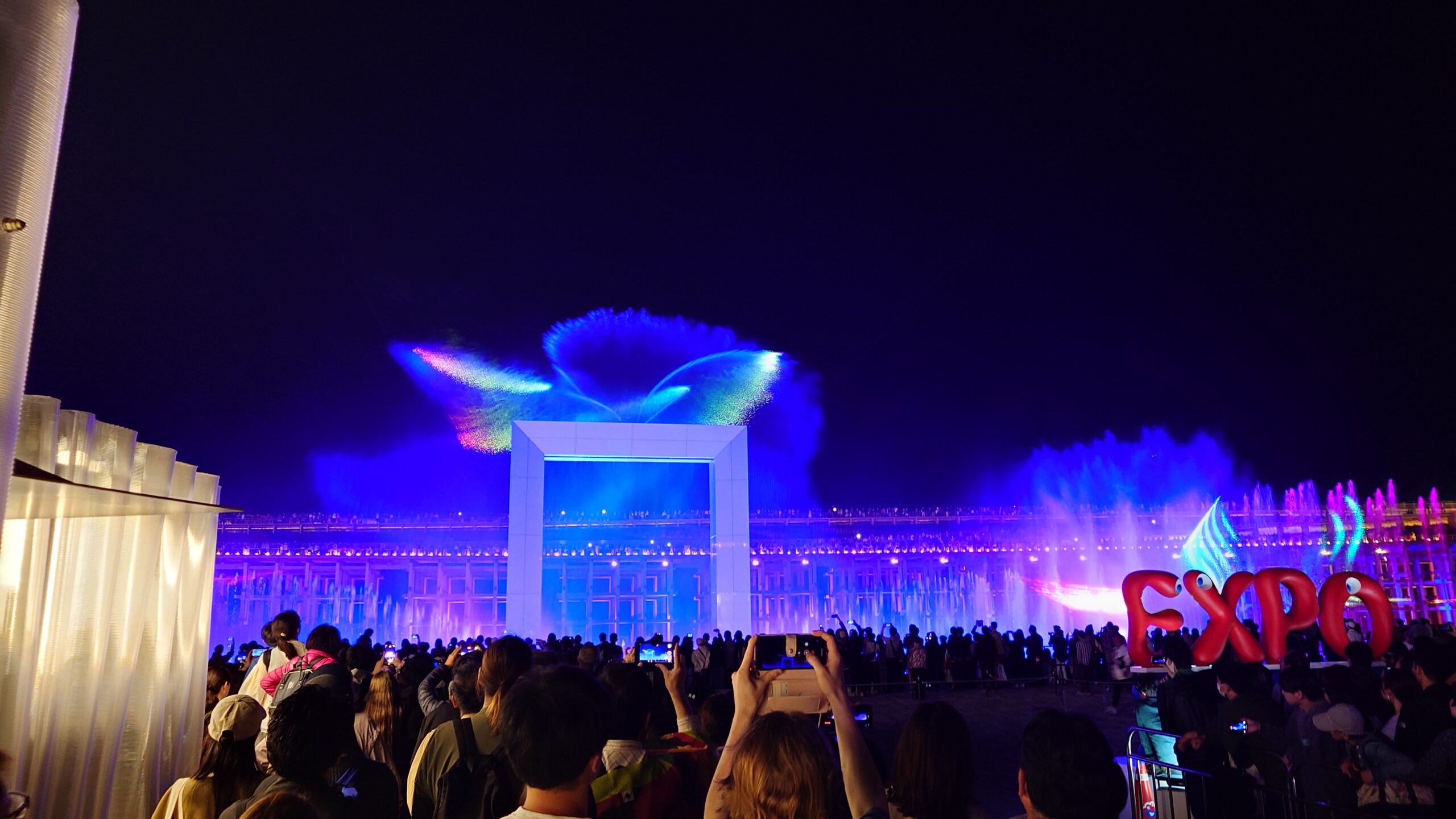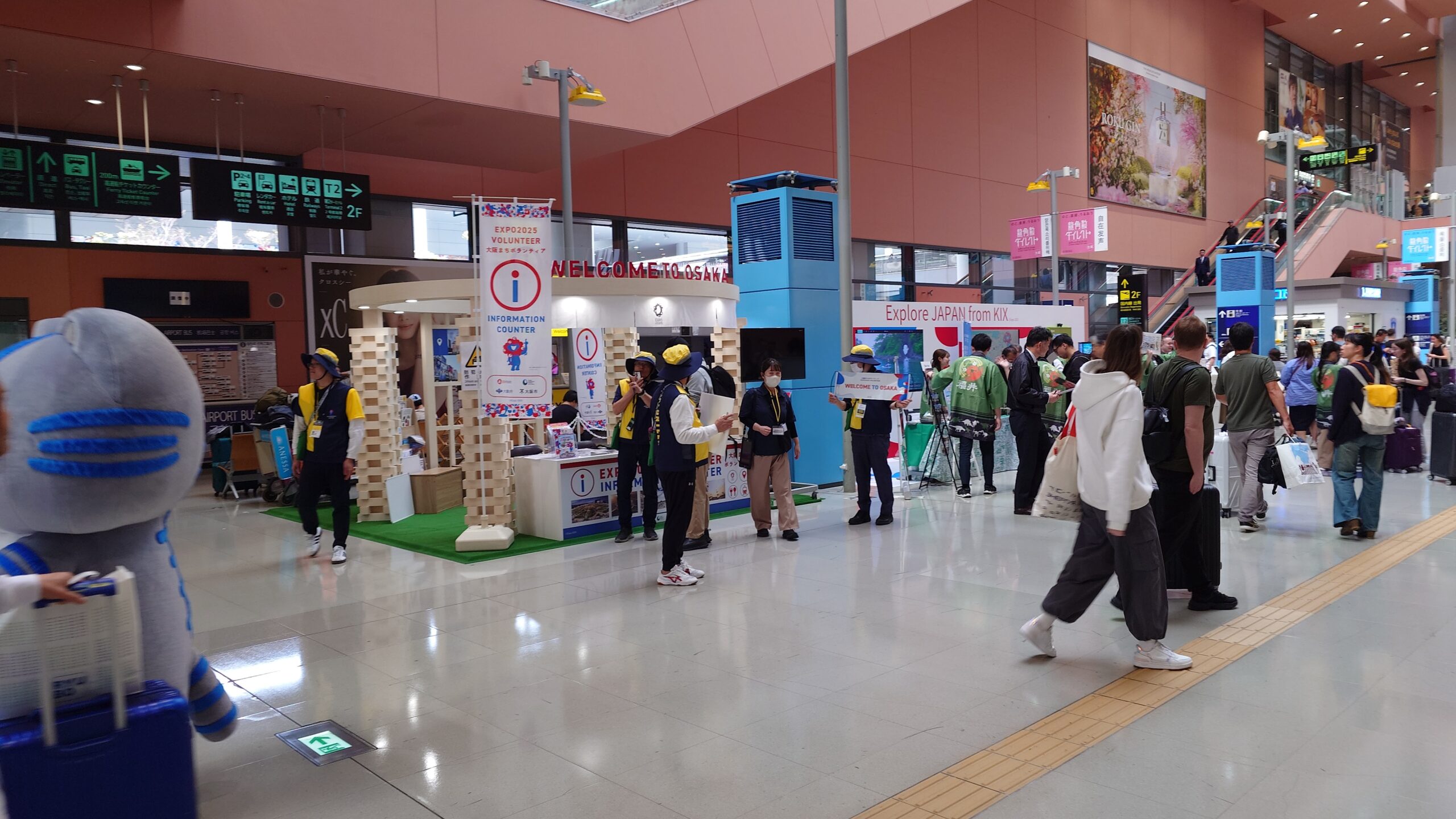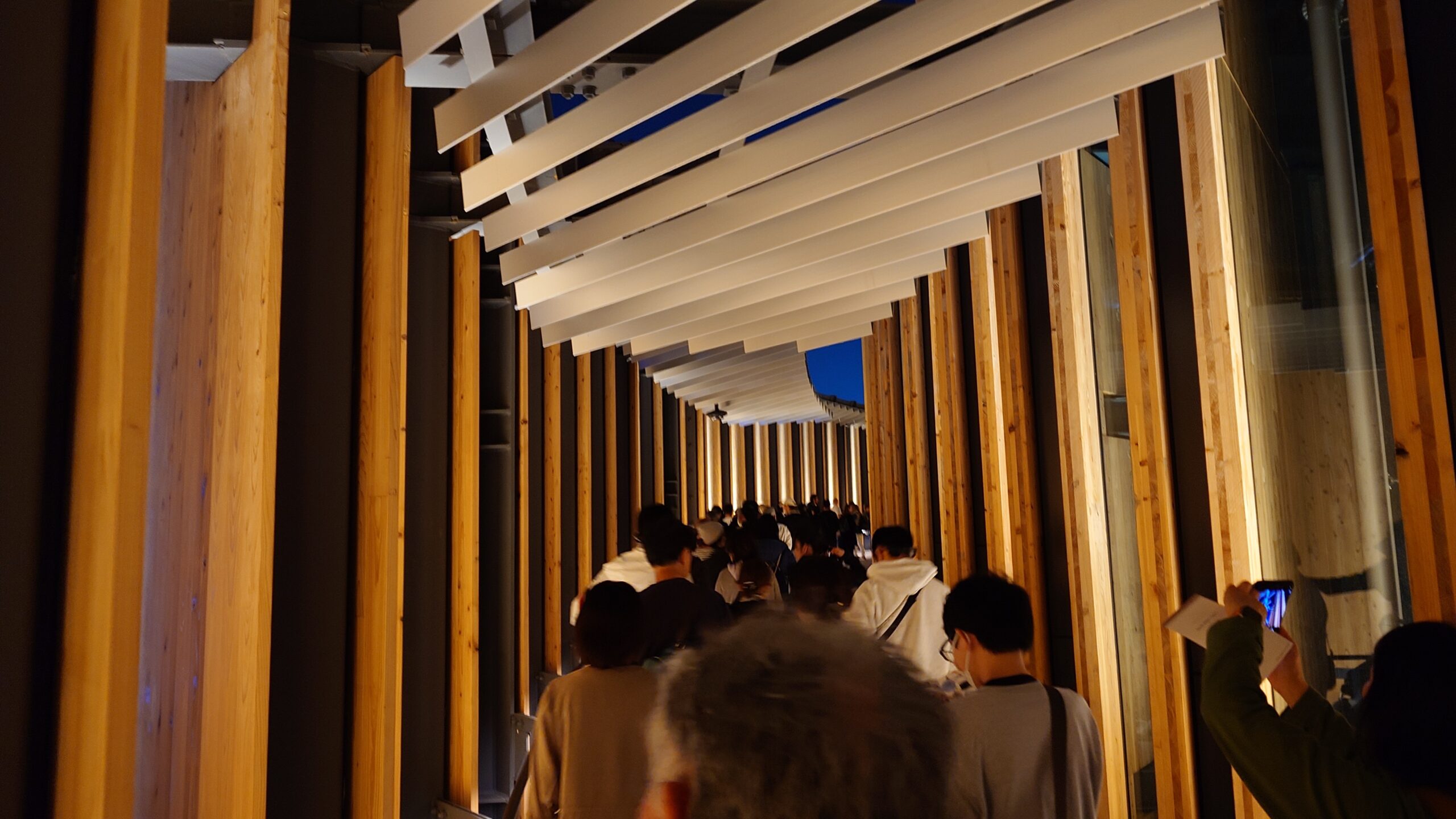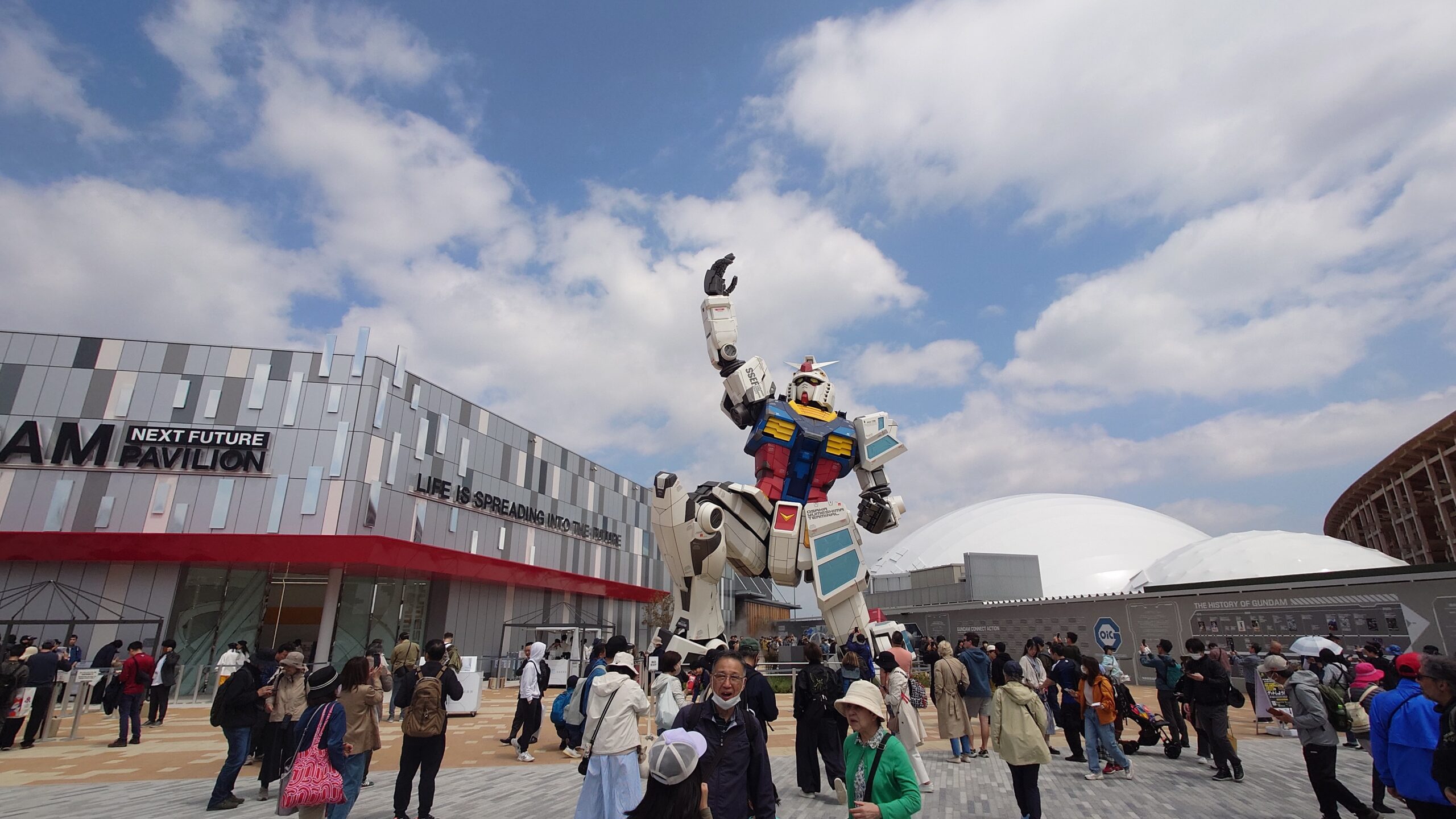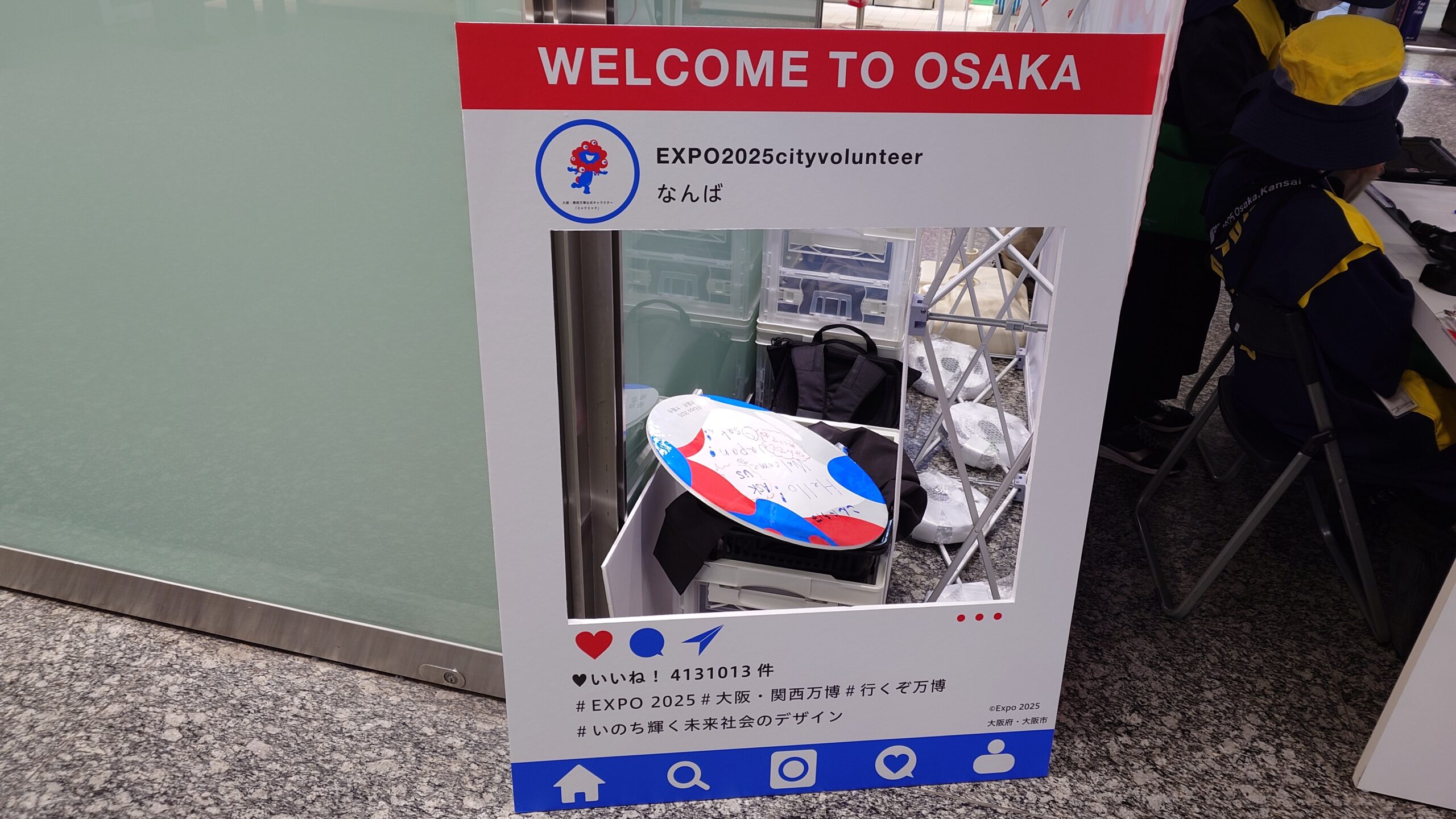Date: 22th April 2025
I have compiled some information and tips I learned during my 10-day volunteer activities.
Purchasing tickets and reserving pavilions, etc.
There are a variety of tickets available, including the regular One-Day Ticket, the Night Ticket, or the Season Pass, which allows entry throughout the period. For more information, please see here.
Multiple entry pass
There are two types of multiple entry passes. The Season Pass allows you to enter on all days during the event. The Summer Pass allows you to enter any time from 19th Jul., 2025 to 31st Aug., 2025. The Season Pass allows you to reserve admission for three days at a time, and the Summer Pass allows you to reserve admission for two days at a time. After you enter venue, you can reserve admission for theadditonal one more day.
Once you have purchased your ticket and booked the date, time, and gate you will use, you can reserve facilities such as pavilions. There are three opportunities to make reservations : 2-month advance lottery, 7-day advance lottery, Available slot reservation (3days to 9:00 am one day before the reserved date) For reservation methods, please see here
You can also make a reservation on the day of your visit using the On-Site Registration terminals at the Pavilion and Event On-Site Registration Center (P32 on official map, located opposite the Brazil Pavilion in the Empowering Lives zone).
Even if you don’t have a reservation, there are many pavilions that you can enter by lining up in front of the pavilion on the day. Information on pavilions that you can enter without a booking on the day and useful information such as national days can be found here.
However, you should be prepared to wait in line for a long time at popular pavilions. Also, like the USA Pavilion, there are places where you have to line up separately for English and Japanese explanations. Usually, the English line will let you in earlier. Some facilities will post information on how to enter and what goods will be distributed on the day in front of the pavilion, so it’s best to ask the pavilion staff without hesitation.
Official Stamp passport
Official stamp passport for stamp rally are available at the official shops at the Expo site (4 in total, 2 near the East and West Gates). Stamps are usually placed near the exits of each pavilion, and collecting stamps will make for good memories.
At the beginning of the stamp book, there is a place to stamp the official commorative visit stamp, which is available in front of the Personal Mobility station near the East and West Gates, but it is a little hard to find.
There is also a secret stamp somewhere that changes color every month, so it is fun to look for its location (ask the staff at the information center for the location). Also, at the end of the stamp book, there is a stamp of the official mascot Myaku Myaku surfing Great Waves. This is a colored picture like an ukiyo-e woodblock print that can be printed by overlapping stamps from 6 places, mainly in Commons pavillion, and it is also fun to collect 6 of these.
There are 4 official shops, and you can buy the same stamp book at any one of them, but each official shop also sells its own novelty goods. For example, at the official shop run by JR West near the West Gate, they sell a ICOCA card, prepaid plastic IC card, a collaboration version of the platypus Iko-chan and Myakumyaku, which is only available at the Expo shop.
e Mover
The electric bus, e Mover, runs around the perimeter of the Expo site and can be used to travel between the East and West Gates. Ordinary e Movers are manned, but there is a fully automated e Mover that runs once every 20 minutes.
When you ride, you can see the monitors with sensors for the automated driving, although the driver sits in the driver’s seat to prevent accidents, you can see the operation of the vehicle right next to you without touching the steering wheel. You can also enjoy the view from under the sea part of the The Great Ring and the backyard view that you can’t usually see. Reservations are required to ride the automated e Mover, but if there are seats available, you can ride it on the day.
Cashless payment
The Osaka Expo is a completely cashless payment system, and not only foreign currency such as US dollars and Euros, but also Japanese yen cannot be used. Conversely, international credit cards such as VISA and American Express can be used for all payments within the venue. However, currently, signature payments for credit cards have been abolished in Japan, and PIN code entry is required, so you must check your PIN code again.
In addition, even in rare cases, payment errors may occur with credit cards issued overseas. In such cases, I recommend that you prepare plastic prepaid cards such as prepaid debit cards and prepaid IC cards. Inside the venue, you can purchase prepaid cards in Japanese yen at the Money Plaza near the East and West Gates, but the number of machines is limited and they cannot be purchased with foreign currency, so I recommend purchasing an IC prepaid card such as ICOCA at a station outside the venue before entering. The photo on the bottom left shows the Money Plaza near the West Gate. The green machine in the center of the photo is for charging prepaid cards and cashless payment methods with foreign currency, and the small machine on the right is for purchasing prepaid cards with Japanese yen cash (it would be nice if there were more machines like this).
Summary of 10 days
Also, for 10 days, I have uploaded various topics in blog format on the following topics.If there is a topic that interests you, please take a look at it.
Opening ceremony, Access to the East Gate, Osaka Healthcare Pavilion Nest for Reborn
West Area Route Guide
Namba Station, Osaka tourist spots
Access to the west Gate, PASONA NATUREVERSE Pavilion, USA Pavilion, Italy Pavilion, Australia Pavilion
Accessibility Center, Japan Pavilion
Kansai International Airport
Medical Facilities, NIght event
East Area Route Guide, Netherlands Pavilion, Singapore Pavilion, China Pavilion, Cradle of life
Shin-Osaka and Mamba station
This information is updated and improved daily. Please check this site,
The many volunteer staff at the venue and the information center staff should have the latest information, so be sure to approach a volunteer staff member with a smile and ask.






